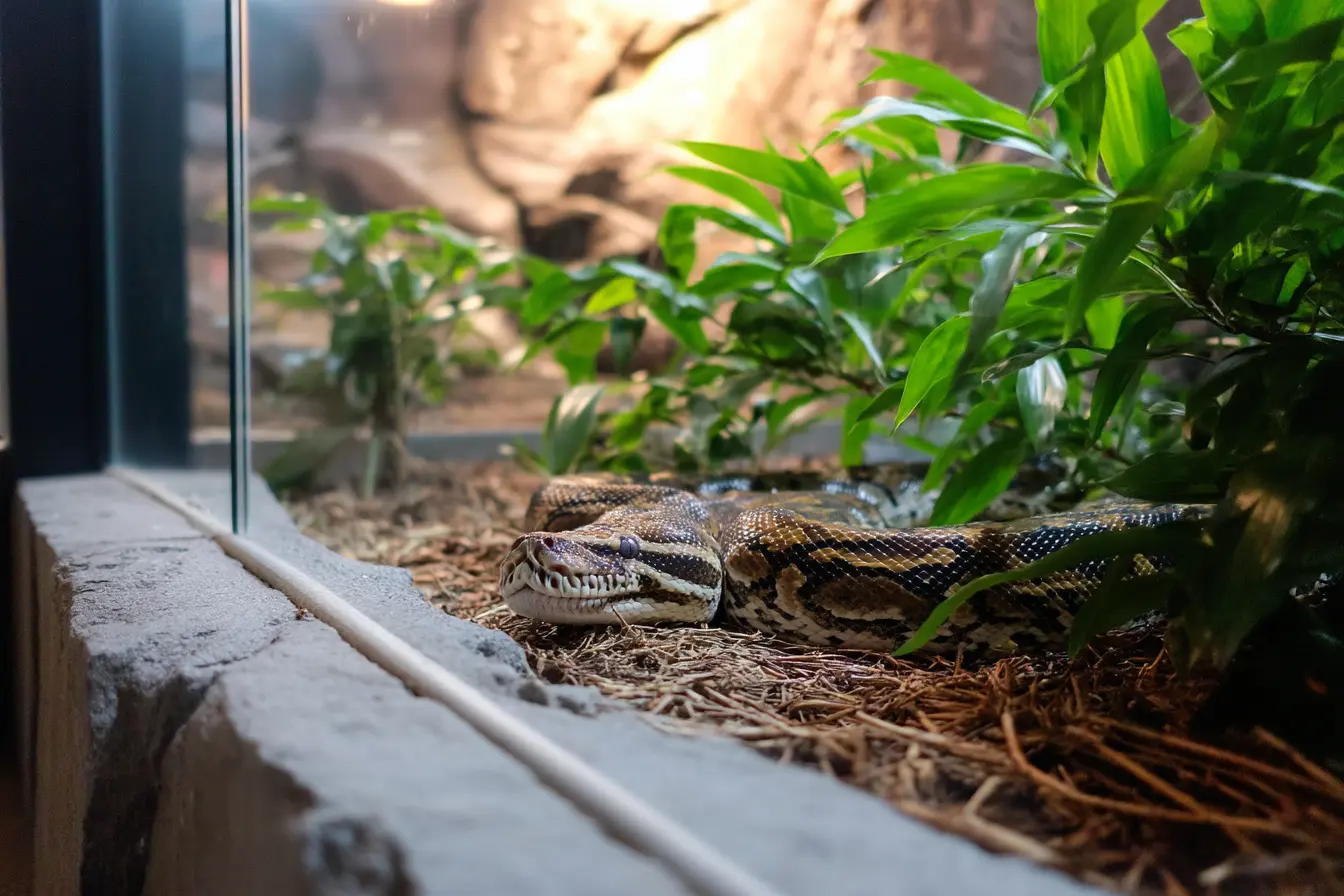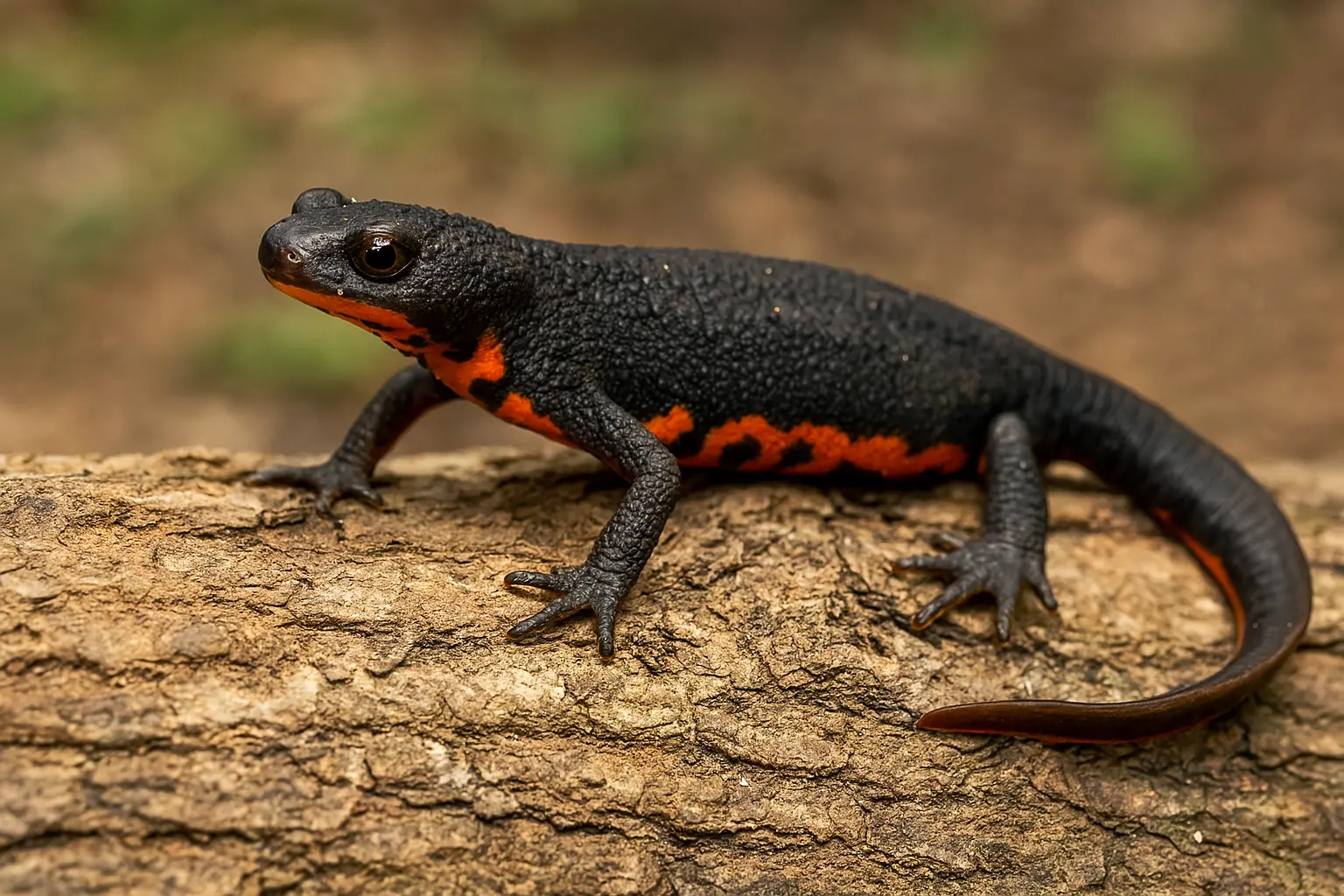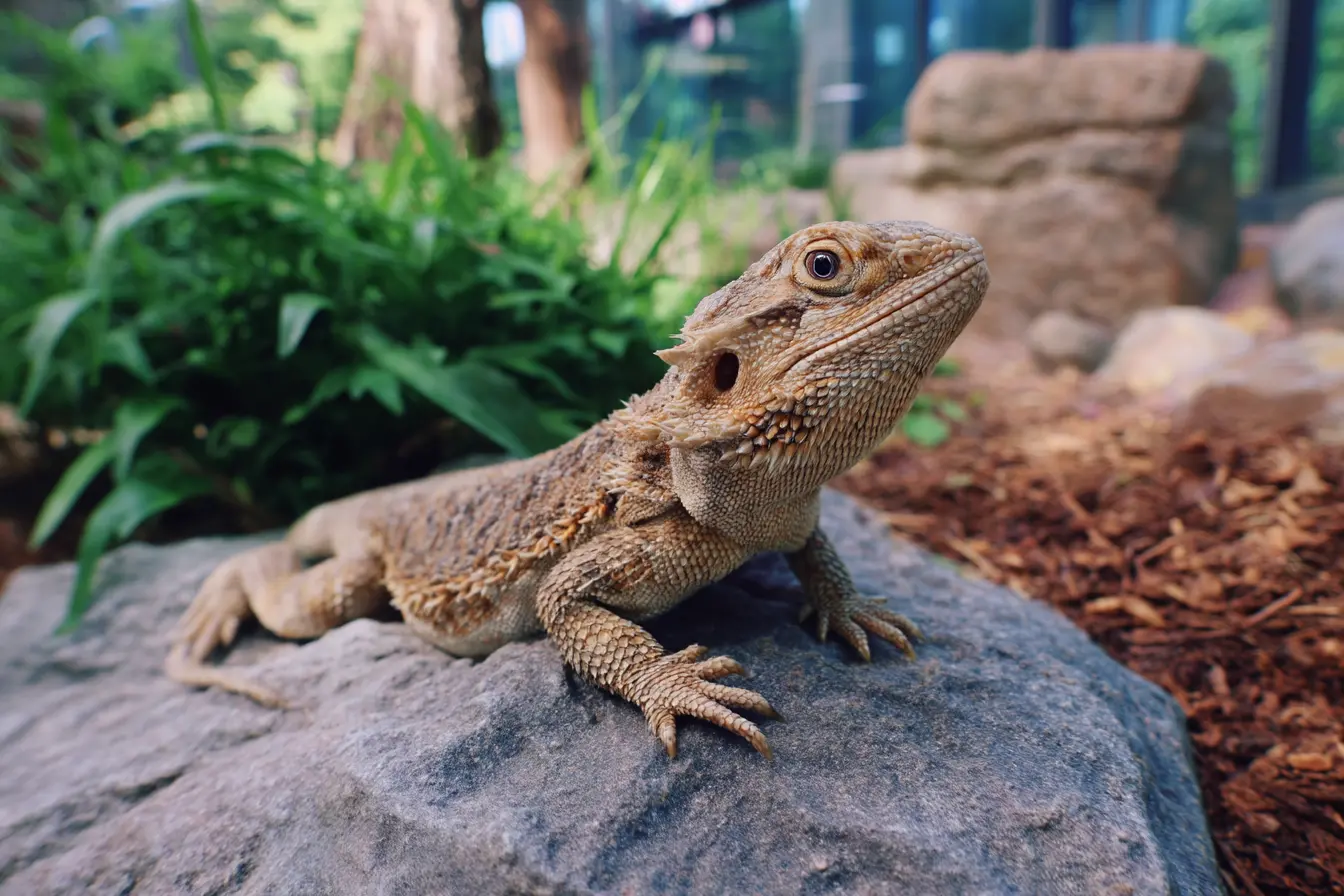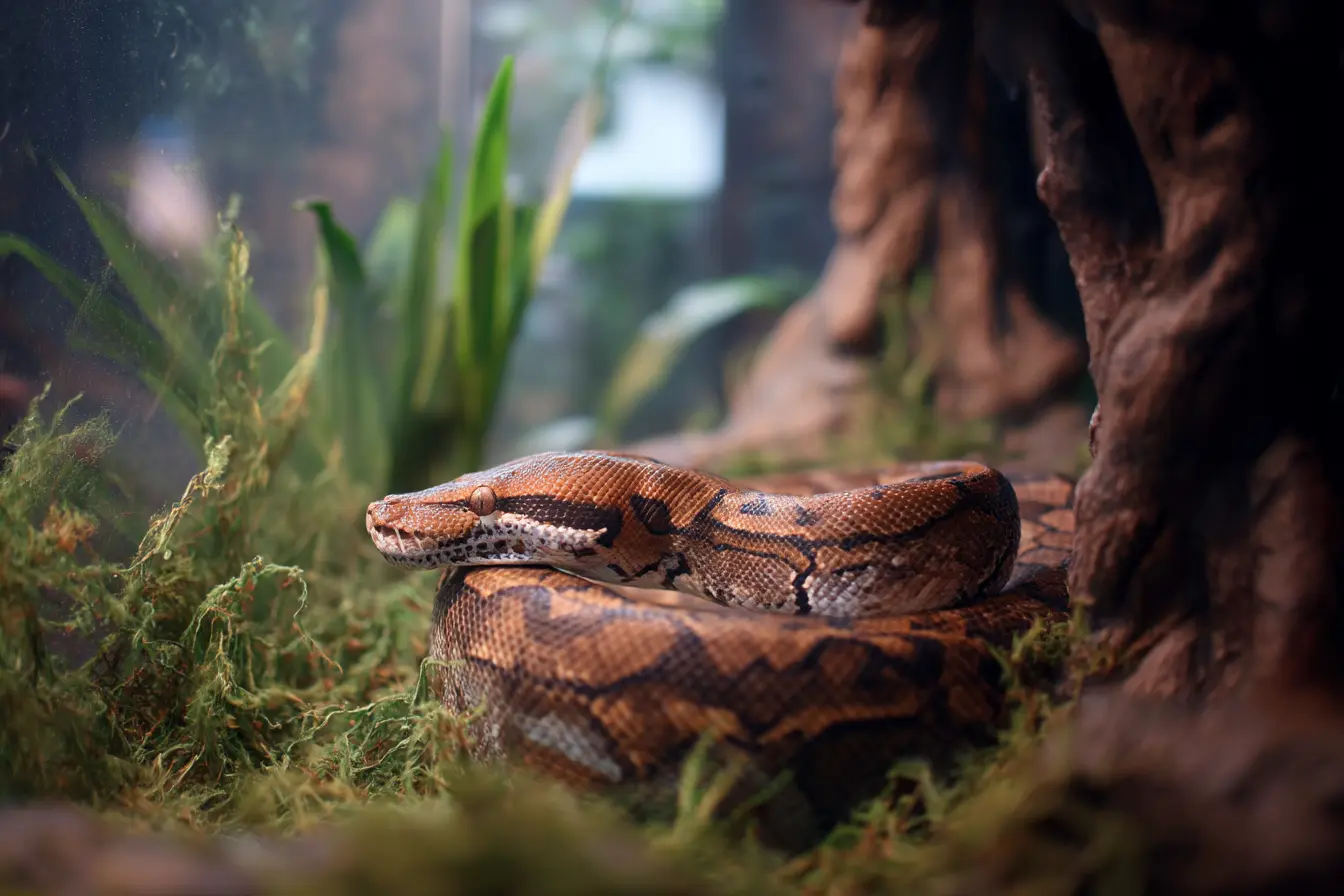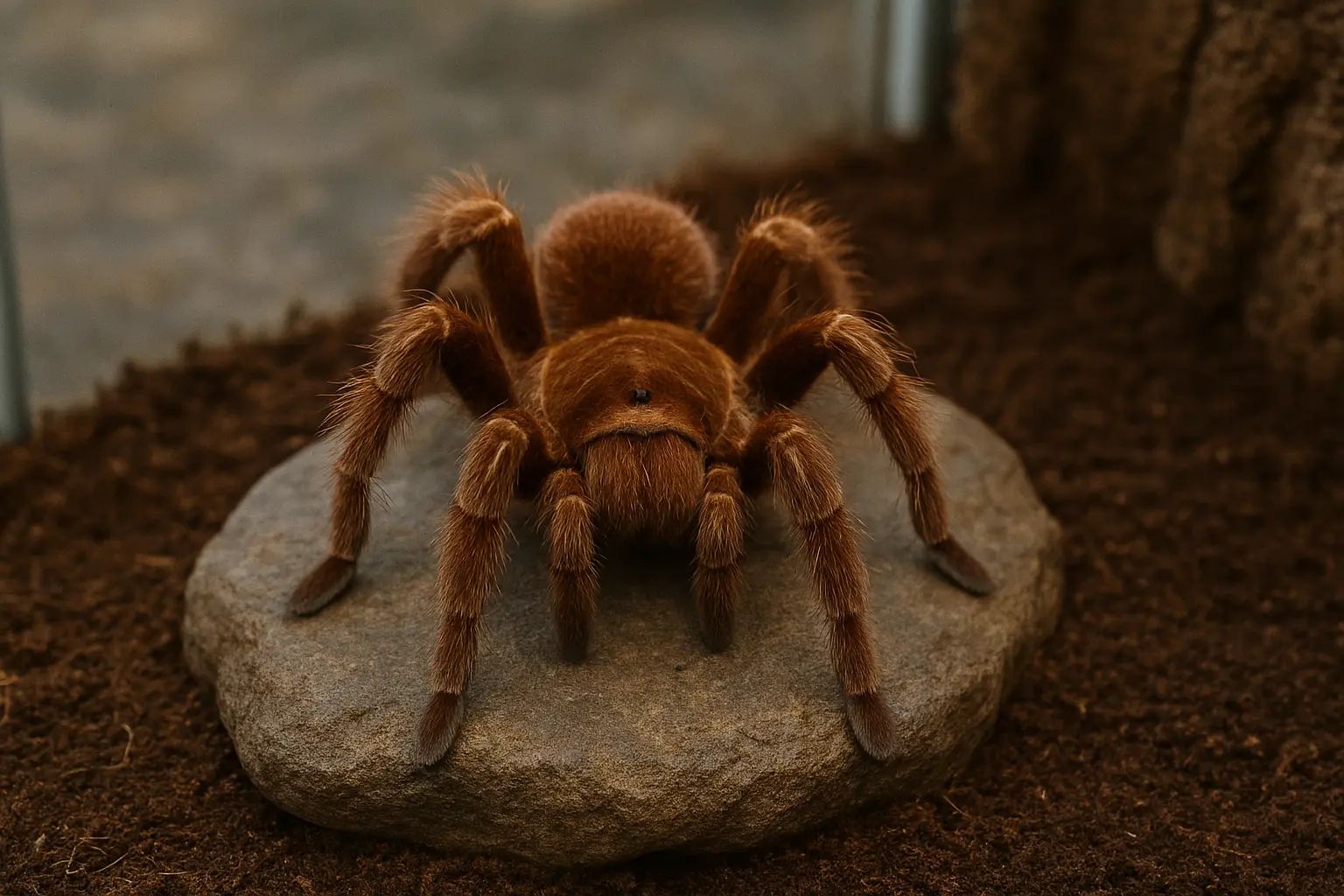
A Detailed Guide to Owning a Goliath Birdeater Tarantula
The Goliath birdeater (Theraphosa blondi) is a truly impressive species, famed as the largest tarantula in the world by mass. Native to the rainforests of South America, these giants are a fascinating and challenging choice for experienced keepers. In this guide, we’ll cover everything a potential owner needs to know about caring for a Goliath birdeater tarantula.
Why Choose a Goliath Birdeater Tarantula?
Owning a Goliath birdeater is not for the faint-hearted or inexperienced. This species is best suited for advanced tarantula keepers due to its size, environmental needs, and defensive nature. However, for those ready to take on the challenge, the Goliath birdeater offers:
- Impressive Size: With a leg span of up to 30 cm and a weight of over 170 grams, they are a true marvel.
- Unique Behaviour: They are active, burrowing spiders with fascinating habits.
- Exotic Appeal: Their sheer size and striking appearance make them a centrepiece of any tarantula collection.
Things to Consider Before Owning a Goliath Birdeater
Experience Level
The Goliath birdeater is not recommended for beginners. Their defensive behaviour, large size, and specific care requirements demand expertise and confidence in tarantula keeping.
Lifespan
Females can live 15-25 years, while males have a shorter lifespan of 3-6 years. Ensure you’re prepared for this long-term commitment.
Space Requirements
Due to their size and active nature, they require a larger enclosure than most other tarantula species.
Housing Your Goliath Birdeater
Enclosure
A spacious and secure enclosure is essential for a Goliath birdeater:
- Size: A minimum of 60x45x30 cm (length x width x height) is recommended for adults.
- Material: Glass terrariums or plastic enclosures with secure lids work best.
- Substrate: Provide at least 15 cm of coconut fibre, topsoil (chemical-free), or a mix. This allows for burrowing, a natural behaviour of this species.
Decor and Hiding Spots
- Hides: Large pieces of cork bark or half logs provide security.
- Minimal Decorations: Focus on ground-level features. Avoid climbing materials to prevent falls.
Temperature and Humidity
The Goliath birdeater thrives in warm, humid environments:
- Temperature: Maintain 25-28°C. Use a heat mat or ceramic heater on the side of the enclosure.
- Humidity: Keep humidity at 80-90%. Achieve this by misting the enclosure and ensuring a water dish is always present. Covering part of the ventilation with mesh or plastic can help retain moisture.
Monitor conditions closely with a thermometer and hygrometer.
Feeding Your Goliath Birdeater
Diet
Goliath birdeaters have a hearty appetite to match their size. Their diet should consist of:
- Large Insects: Crickets, locusts, and dubia roaches.
- Occasional Vertebrate Prey: Pinkie mice or small lizards can be offered occasionally, though they are not necessary for their health.
Feed adults every 7-10 days. Juveniles should be fed smaller prey more frequently, around every 5-7 days.
Water
Provide a shallow but sturdy water dish at all times. Ensure it is cleaned and refilled regularly.
Handling and Temperament
The Goliath birdeater is not a species for handling. They are defensive and can display threatening behaviours, such as rearing up, hissing (by rubbing specialised hairs), and flicking urticating hairs.
- Urticating Hairs: The hairs of this species are particularly irritating and can cause severe skin and eye irritation. Always wear gloves when performing maintenance.
- Defensive Nature: Respect their space and avoid unnecessary interaction.
Health and Common Issues
Goliath birdeaters are robust but require careful attention to their environment and care:
- Dehydration: Monitor water and humidity levels closely, as they are highly sensitive to dry conditions.
- Refusal to Eat: This is common before moulting but could indicate stress if it occurs for extended periods.
- Moulting Issues: High humidity is essential during moulting to prevent complications. Signs of moulting include refusal to eat, lethargy, and dull colouring.
Moulting and Growth
The Goliath birdeater grows quickly, especially in its juvenile stages. During moulting:
- Ensure high humidity by misting the enclosure lightly.
- Do not disturb the tarantula or offer food during this time.
- After moulting, wait at least a week before feeding to allow the new exoskeleton to harden.
Legal and Ethical Considerations
In the UK, owning a Goliath birdeater is legal and requires no special permits. However:
- Ethical Sourcing: Only purchase captive-bred specimens from reputable breeders. Avoid wild-caught tarantulas to support conservation efforts.
- Commitment: Their long lifespan and specific needs demand dedication and responsibility.
Cost of Ownership
Owning a Goliath birdeater involves moderate initial and ongoing costs:
- Tarantula: £50-£150, depending on size and sex.
- Enclosure and Setup: £100-£200 for a properly equipped terrarium.
- Food: £10-£20 per month for live prey.
- Utilities: Additional costs for heating and humidity maintenance.
Is the Goliath Birdeater Right for You?
The Goliath birdeater is a rewarding species for experienced keepers who can provide the specialised care it requires. Its impressive size and unique behaviours make it a fascinating addition to any tarantula collection. However, it is not a beginner-friendly species and should only be considered by those with the knowledge and confidence to care for a large, defensive tarantula.
If you’re ready to meet the challenge of keeping this rainforest giant, the Goliath birdeater promises to be an unforgettable pet.
Final Thoughts
Owning a Goliath birdeater is a unique and exciting experience for advanced tarantula keepers. By providing the right environment, diet, and care, you can ensure your Goliath birdeater thrives in captivity.
If you’re ready to take on this impressive arachnid, you’ll be rewarded with one of the most extraordinary creatures in the world of exotic pets.
Contents
- Why Choose a Goliath Birdeater Tarantula?
- Things to Consider Before Owning a Goliath Birdeater
- Housing Your Goliath Birdeater
- Feeding Your Goliath Birdeater
- Handling and Temperament
- Health and Common Issues
- Moulting and Growth
- Legal and Ethical Considerations
- Cost of Ownership
- Is the Goliath Birdeater Right for You?
- Final Thoughts
Tags
Related Vets
Vets near you
Speciality vets
- Aquatics vet specialists
- Birds vet specialists
- Camelids vet specialists
- Cats vet specialists
- Cattle vet specialists
- Deer vet specialists
- Dogs vet specialists
- Equines vet specialists
- Exotic vet specialists
- Goats vet specialists
- Pigs vet specialists
- Poultry vet specialists
- Sheep vet specialists
- Small Mammals vet specialists
- Wild vet specialists
